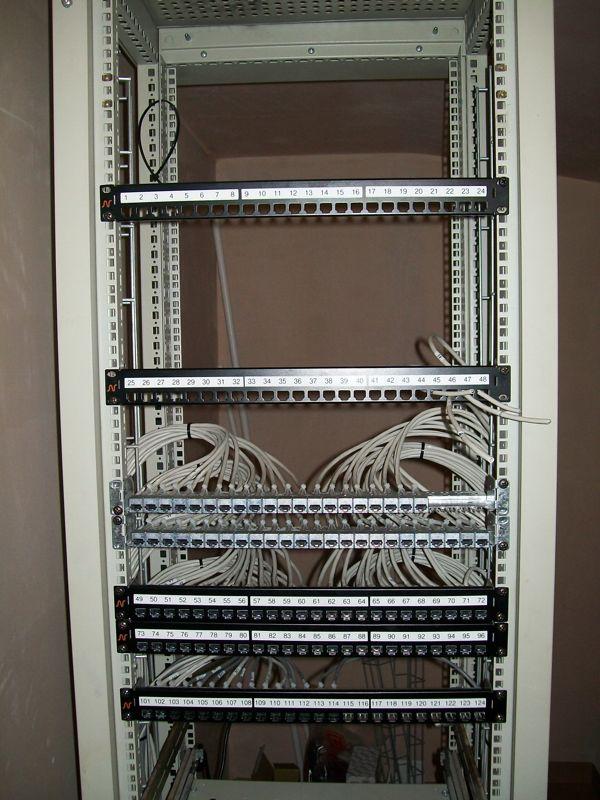- Joined
- 24 Nov 2004
- Messages
- 450
- Reaction score
- 7
- Country

Please could anyone recomend a good, screened (and preferably earthable) surface mounting solution for terminating foil-screened Cat5 cable with an 8P8C socket?
ideally the back-box and faceplate will be screened with an earth terminal.
Ive just installed a laptop, about 80m of FTP cat5, a PoE injector inside a modern tin-can type building, connected to a 5Ghz wifi radio on the outside of the building, and the freeview TV service is experiencing degraded SNR whenever the laptop or the (powered-up) radio are connected to the ends of the cat5.
my initial hypothesis is baseband (ethernet, not 5Ghz - TV SNR drops even when radio is off but laptop is on) noise from the ethernet ports of the the radio and/or laptop getting onto and radiating from the foil screen of the cable.
(I am not ruling out a crappy TV installation but "it worked fine before I put up the dish"....)
at present the FTP cat 5 is terminated with apparently unscreened (and certainly unearthed) plastic pattress boxes.
I am using metal screened 8P8C "RJ45" male connectors throughout.
ideally the back-box and faceplate will be screened with an earth terminal.
Ive just installed a laptop, about 80m of FTP cat5, a PoE injector inside a modern tin-can type building, connected to a 5Ghz wifi radio on the outside of the building, and the freeview TV service is experiencing degraded SNR whenever the laptop or the (powered-up) radio are connected to the ends of the cat5.
my initial hypothesis is baseband (ethernet, not 5Ghz - TV SNR drops even when radio is off but laptop is on) noise from the ethernet ports of the the radio and/or laptop getting onto and radiating from the foil screen of the cable.
(I am not ruling out a crappy TV installation but "it worked fine before I put up the dish"....)
at present the FTP cat 5 is terminated with apparently unscreened (and certainly unearthed) plastic pattress boxes.
I am using metal screened 8P8C "RJ45" male connectors throughout.


